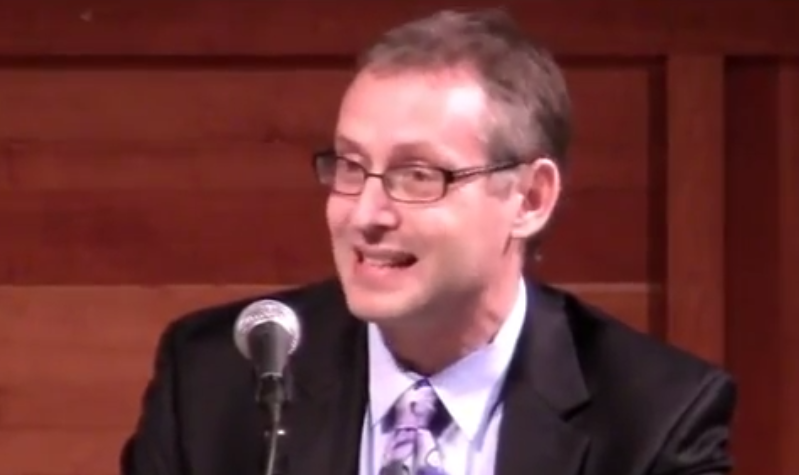The anti-First Amendment Campaign Legal Center recently hosted noted election-law professor Rick Hasen to discuss his book ‘Plutocrats United.’ Hasen presented the book’s “reform” themes of undue donor influence, corruption, and political inequality. And although he discredited standard talking points about “buying” elections, his evidence for the rich – the plutocrats – disproportionately influencing political outcomes lacks promised empirical support from one oft-cited study.
Hasen suggests the Supreme Court “balance” individual First Amendment rights with societal rights of political equality when analyzing campaign spending. He shuns the current Buckley paradigm that only corruption or apparent corruption can justify contribution limits and that government cannot thwart spending uncoordinated with candidates or parties. Hasen suggests placing the balance at $25,000 in contributions and expenditures/candidate/cycle, with an aggregate individual limit of $500,000.
As evidence the citizenry suffers from inequality impelling these reforms, Hasen cited the Martin Gilens and Benjamin Page 2014 study, Testing Theories of American Politics: Elites, Interest Groups, and Average Citizens. The study finds “economic elites” win policy battles and exert influence over (and independent of) average citizens. By contrast ordinary people ‘win’ only when they coincidentally agree with plutocrats. The authors released the study to great fanfare. Oligarchy!, shouted the media. A typical headline read: Princeton Study: U.S. No Longer An Actual Democracy. It quickly became “reformer” gospel.
Besides being a staple of live presentations, Hasen routinely cites the study in op-eds as with a January New York Daily News piece: “Money also skews public policy in the direction of the wealthiest donors. It is no surprise, as the work of [the authors] show, that public policy reflects the views of the wealthiest, and not the views of the poor or even the middle class.” Larry Lessig, another reformer also centralized the study in his talks and writings; see here and here.
Recent scrutiny of the study’s data however, shows reformer rapture imprudent.
Vox reviewed academic reaction to the study’s claims and found: “Since its initial release, the Gilens/Page paper’s findings have been targeted in three separate debunkings . . . all [have] taken a look at [the] underlying data and found that their analysis doesn’t hold up.”
Researchers found majorities of rich and average people actually agreed on 89.6% of the bills in the data set instead of 78%. Where they disagreed, economic elites ‘won’ 53% of the time, the middle class 47%. And when the rich win, it is not, as Hasen suggested, skewed toward economic issues: “The win rates for the two issue types [economic vs. social] are not statistically different from one another.”
Additional research found policy preferences of the economic elite and the middle class move in tandem. Thus, if the rich are likely to strongly favor one policy over another, the middle class will too. “[T]he policies you’d most expect to pass, based on rich people’s opinions, are also the policies you’d most expect to pass based on middle-class people’s opinions. So the actual policy outcomes you’d predict based on a model where only the rich matter aren’t very different from the ones you’d predict based on a model where only the middle class matters.” A bigger spread exists when the rich, middle class, and poorest are all factored but not much; all three agree about 80% of the time.
Are the rich bamboozling the middle class and poor out their preferred policies? Are plutocrats uniting? Even in the original study this was a dubious claim full of unstated caveats and context. After the gaze of scholarly scrutiny, the available evidence suggests it is bogus. Given the primacy placed on this study, the public should question all the Henny-Penny claims and lofty solutions suggested by “reformers.”














